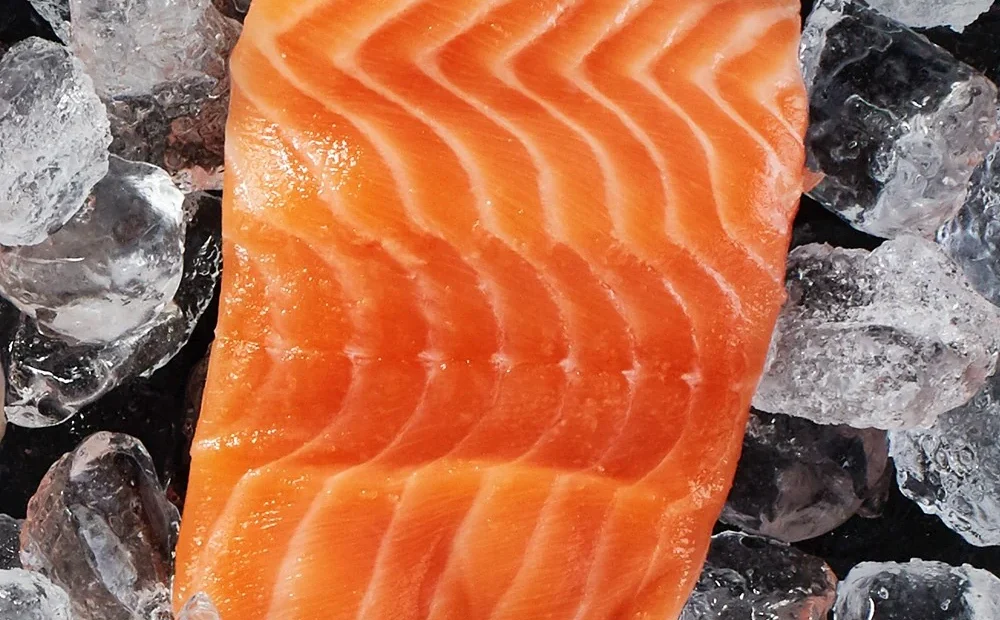Norwegian salmon exports have experienced significant growth over the past few years, with air freight playing an important role in achieving distant markets quickly. In January 2025 alone, Norway exported more than NOK 1 billion / $ 88.9 million salmon to the United States, which was a new record in value.
The state of mind from the White House thus gives Norwegian salmon producers a great concern about possible US rates on their exports. Recent market reactions have underlined this concern; For example, shares of Norwegian salmon businesses have fallen by 3% amid fear that the US can also extend a 25% tariff, initially aimed at Canadian seafood, to European products.
Industry leaders are actively looking for strategies to reduce the potential effects of such rates. One approach considered is to establish processing operations in the US. In this way, companies can argue that their products contribute to US jobs, which may make them less susceptible to import tariffs. This will actively lead to a decline in the need for aircraft across the North Atlantic.
The Norwegian government also takes steps to address these problems. Finance Minister Jens Stoltenberg emphasized the importance of preventing trade restrictions and has expressed intentions to utilize his international experience to maintain favorable trade relations with the US.
Despite these efforts, uncertainty remains high. The possibility of rates has led companies such as First Seafood to carefully monitor the situation, acknowledging that such trade barriers can complicate their export plans, especially for facilities in the early stages of production.
Current state of the Norwegian salmon plane
Air freight is essential for transporting fresh Norwegian salmon to markets worldwide, especially those who need quick delivery to maintain the freshness of the product. Oslo Gardermoon Airport serves as a central pivot for these operations, with numerous cargo aircraft facilitating the rapid movement of salmon to destinations such as the US, Asia and Europe.
In 2023, approximately 264,408 tonnes of salmon were exported from Norway with the air, with the US, which imported approximately 60,604 tonnes, an average of 1.165 tonnes per week. Other important markets include China, South Korea and Japan.
Besides traditional European markets, the exporters of the Norwegian salmon expand to the Middle East and Asia. This diversification helps to reduce the risks associated with dependence on a single market and benefit from growing global demand for seafood.
To improve efficiency, new air freight services were set up, reducing transport times. For example, some services now provide salmon to 72 hours faster than before.
The Norwegian salmon industry’s dependence on aircraft has enabled it to meet the global demand effectively. Although the sector benefits from increased exports and market diversification, it must navigate environmental challenges and potential trading policies. Continuous vigilance and strategic planning are essential to maintain and improve the position of Norway in the global salmon market.
From air freight to seafood law
Ironically, any decline in Norwegian air freight activity can result from US exports not recorded by other markets, equal to those generated by Hofseth International, a modern seafood handling system develops with a refreshing facility on the US east coast to serve as the center.
As part of its plan to develop the use of air freight, the Alesund, the Norway-based salmon and trout farmer and processor, it develops a freeze and defrost system that allows it to deliver high quality fish products to the US via the ocean freight.
Hofseth’s IceFresh technology “can release many opportunities,” otherwise Haugland, head of the court tech technology, told Seafoodource in the 2024 Seafood Expo North America in March in Boston, Massachusetts.
“We think that the fly of seafood over the oceans is not a good idea,” Haugland said. “Our refreshment program, where we are freezing, transporting and thawing on request, improves quality, saves a lot of CO2 and actually has a cost benefit for our customers by reducing waste.”
In 2022, Hofseth flew 2,479 tonnes of fish from Europe to the US, resulting in 32,455 tonnes of carbon dioxide emissions.
“Despite transporting only 4.63% of our volume, Airfreight contributes to a staggering 81% of our transport -related emissions,” the company said in its 2022 sustainability report. “This stark contrast underlines the critical need to optimize and investigate alternative transport methods to achieve our sustainability goals.”
Hofsheth’s IceFresh system freezes its salmon immediately after it is slaughtered. Hofshethe was a leader in technology development and creating a holistic and sustainable value chain within seafood. For example, the sister business Hofseth Biocare is known for the pioneering work of the 100% use of the fish for human consumption. The IceFresh technology has the potential to significantly reduce the carbon footprint in the value chain.
‘In the long run we will have many hubs around the world that can be used by all players, and for other types of fish as just salmon and trout. This is a solution that can give the entire seafood industry a sustainable boost. ”Says Hofseth.


